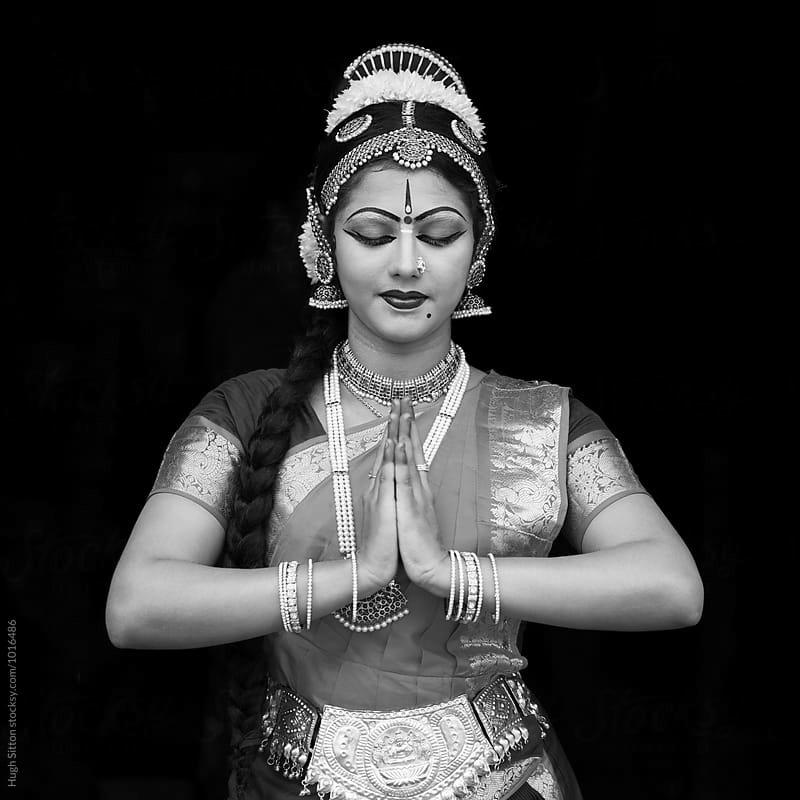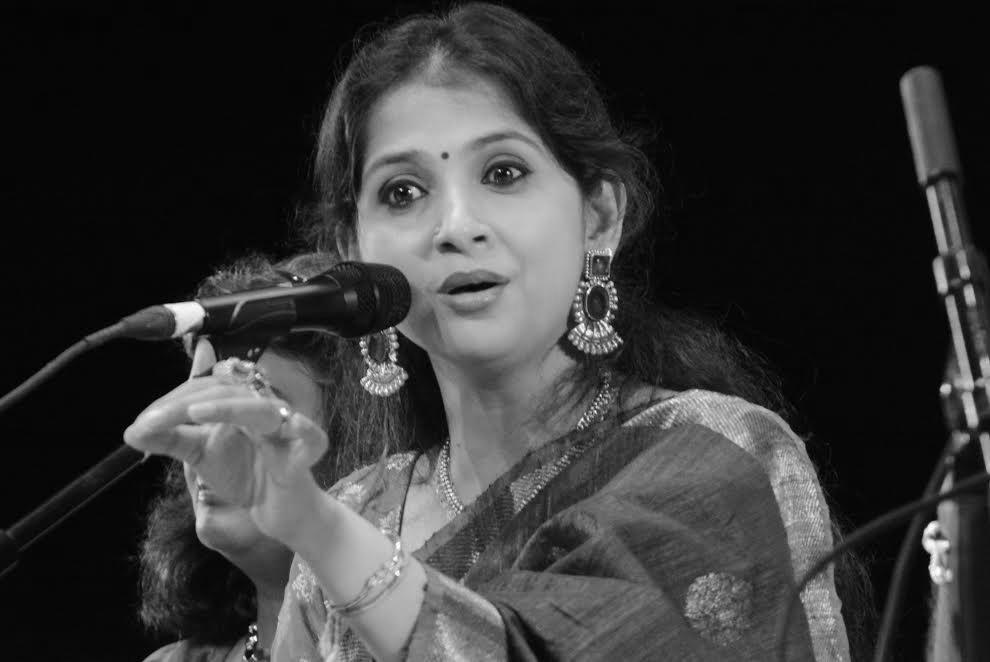Bhatkhande Music Institute Deemed University
The history of music education in India dates back to the ancient period when all education was imparted in Gurukulas and Ashrams of great Saints and Rishi-Munis. The system of modern institutionalization of education in a graded, time-bound structure was ushered in by the British rulers from the mid-nineteenth century. Indian music education was brought and structured in this system in the beginning of the twentieth century.
- Read more about Bhatkhande Music Institute Deemed University
- Log in to post comments
- 453 views
Ali Akbar College of Music
The Ali Akbar College of Music offers education in the classical music of North India at the highest professional level. Our primary instructors have studied with the legendary sarode master, Maestro Ali Akbar Khan, for many years and teach alongside our tabla master, Pandit Swapan Chaudhuri. At the college, students learn the necessary musical skills, knowledge and understanding to contribute significantly to musical life. Our international student body ranges from beginner to accomplished professional. Facilities include several practice rooms, classrooms and a concert hall.
- Read more about Ali Akbar College of Music
- Log in to post comments
- 41 views
Rabindra Bharati University
The Rabindra Bharati University was established in 1962 to mark the birth centenary of the legendary poet Rabindranath Tagore, who was the first Indian as well as Asian recipient of the Nobel Prize for Literature. It is a State University named after Tagore dedicated to the mission of disseminating his thoughts and ideas through humanities, social sciences, art and culture. The Rabindra Bharati University thus features uniqueness in projecting itself as a centre for higher learning in performing arts, fine arts, language, literature and social sciences.
- Read more about Rabindra Bharati University
- Log in to post comments
- 21 views
Raga Ragini method
This is the traditional method of classifying ragas. Until the 19th century, ragas were classified according to this method. Every single raga had a family. All believed in only six ragas, but according to many opinions, their names differed. There were four opinions of those who believed in this method.
Don't believe Shiva
According to this, six ragas were considered. Each of them had six melodies and eight sons. The six ragas valid in this opinion-
1. Raga Bhairav, 2. Raga Shri, 3. Raga Megh, 4. Raga Basant, 5. Raga Pancham, 6. Raga Nat Narayan.
Tags
- Read more about Raga Ragini method
- Log in to post comments
- 2278 views
Participation: The meaning of gharanas in classical music
The family tradition is very old in classical music. Whenever you have heard the name of a classical artist, in most cases you have heard the name of a family with him. The word Gharana is made up of the Hindi house and the Sanskrit word Griha. Have you ever wondered what these houses mean? Actually the answer to this question is very simple. Direct from gharana means a special kind of singing.
There are many families in Indian classical music. Every household is a little different. This difference is seen and heard from the style of singing to the restrictions. |
- Read more about Participation: The meaning of gharanas in classical music
- Log in to post comments
- 125 views
राग परिचय
हिंदुस्तानी एवं कर्नाटक संगीत
हिन्दुस्तानी संगीत में इस्तेमाल किए गए उपकरणों में सितार, सरोद, सुरबहार, ईसराज, वीणा, तनपुरा, बन्सुरी, शहनाई, सारंगी, वायलिन, संतूर, पखवज और तबला शामिल हैं। आमतौर पर कर्नाटिक संगीत में इस्तेमाल किए जाने वाले उपकरणों में वीना, वीनू, गोत्वादम, हार्मोनियम, मृदंगम, कंजिर, घमत, नादाश्वरम और वायलिन शामिल हैं।



